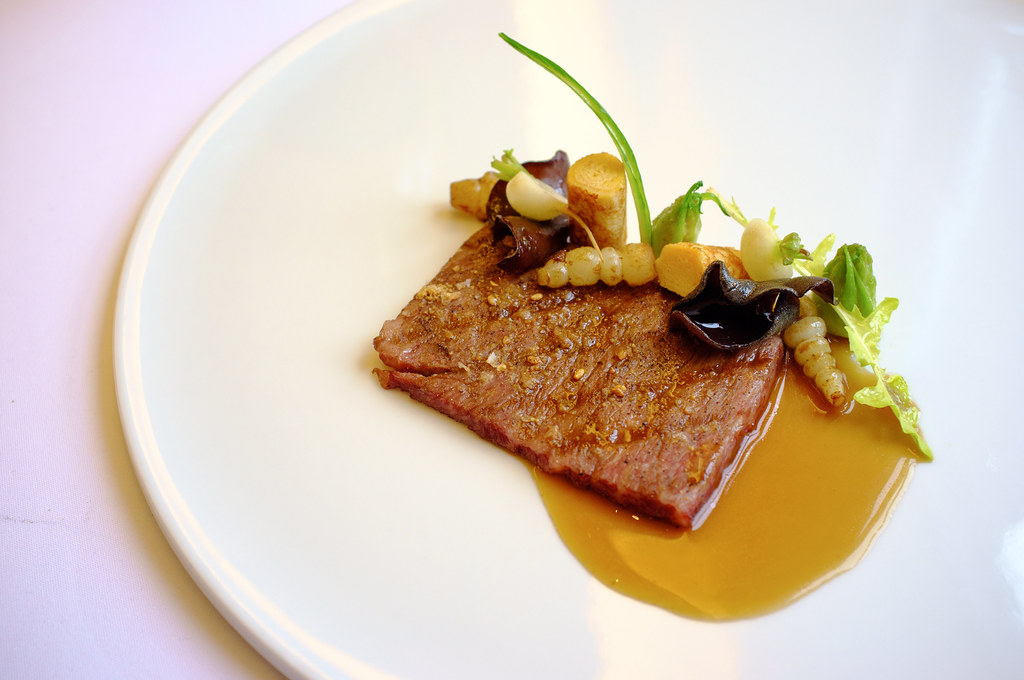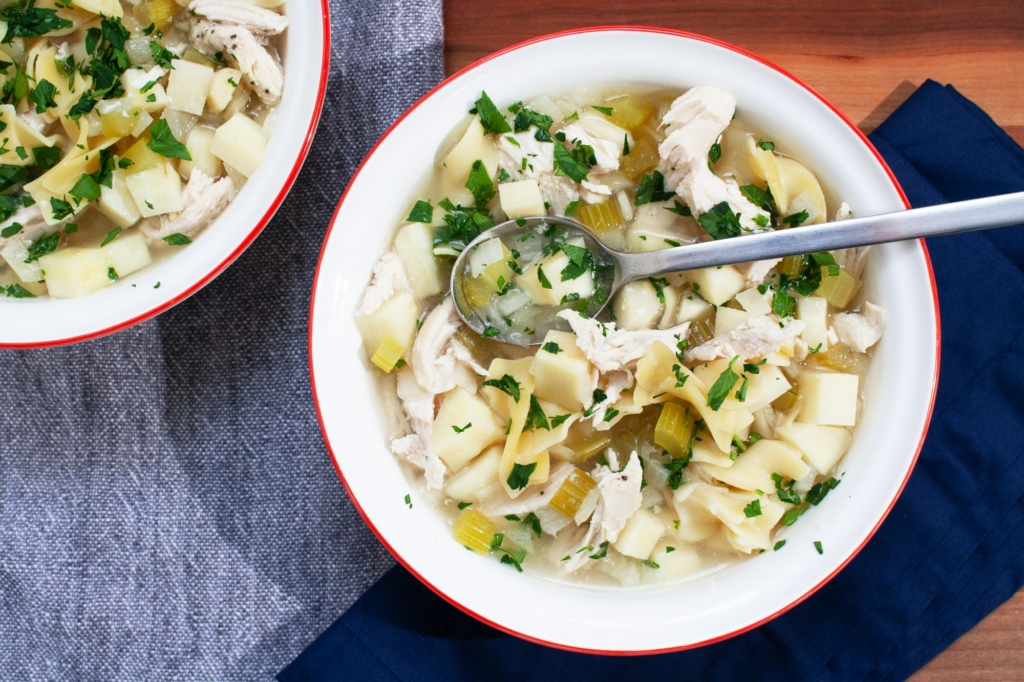Ever wondered what those twisted-looking winter vegetables are that are easily mistaken for Gemelli pasta? Read on to uncover the many mysteries revolving around crosne, and discover ways to incorporate them into your meals.
What is Crosne?
Crosnes, commonly known as “Chinese artichoke”, “Japanese artichoke”, and “knot root” are unique in shape with a surprisingly delicate taste. They are consumed raw, cooked, or pickled, and are widely used in Asian and French cuisine.
Crosne (Stachys affinis) are cultivated for their small white tubers that grow from the underground stems of their herbaceous plants. The leaves of crosnes look similar to that of spearmint. The plants bear pink and mauve flowers during mid to late summer that beautifies this plant even more. These tubers take seven to eight months to reach the harvesting period. Just like mint, Chinese artichokes have a tendency to grow abundantly and overtake any garden space where they’re planted. Crosne has a short shelf life, which contributes to its uniqueness and high price.

History of Crosne
Crosne is native to China where it has been growing since the 13th century. It was introduced to Europe in the 1880s when it was first cultivated in the French commune of Crosne, which also explains the etymology of these tiny tubers. Historically they have been used as a medicinal plant to treat colds and pneumonia. Since the 1990s, there has been a considerable rise in the cultivation of crosne worldwide. Today, it’s easily available in Asian grocery stores located in the United States.
What Does Crosne Taste Like?
Crosne tubers have a crunchy-juicy texture with a mild sweet nutty flavor. The taste of crosne tubers is similar to that of artichokes, water chestnut, and jicama.
How to Cook Crosne?

Chinese artichokes are quite versatile when it comes to cooking. Despite their high cost, they are increasingly loved by chefs. Crosne have become trendy in recent years, owing to their delicate nutty flavor and crunchy flesh.
Crosnes can be eaten fresh out of hand like carrots, but make sure to consume them in moderation as raw crosnes take more time to digest. Crosnes can be cooked in numerous ways where they can be boiled, sautéed, steamed, stir-fried, roasted, or cooked into soups, stews, and curries. We especially recommend adding them to soups as their delicate flavor is more pronounced when slowly braised in chicken stock, pieces of meat, onions, celery, and carrots. Try making a vegetarian paella with crosne following this recipe.

In most of China and Japan, crosne is enjoyed as an appetizer, where it’s usually pickled or added into salads. It is also shaved or sliced to accent many dishes in Japanese cuisine. In France, crosne is usually cooked by blanching and sauteing in butter and herbs. It is either stewed or roasted with pork in many French dishes.
Although they are similar to other tubers like potatoes, they only take a short time to cook, and easily get mushy upon overcooking. Here are a few recipes where crosne can be used instead of potatoes or perhaps use both vegetables for a diverse flavor.
● Red Wine and Butter Pot Roast

Feature Image: Flickr user Broekema ( CC BY-NC-ND 2.0 )



